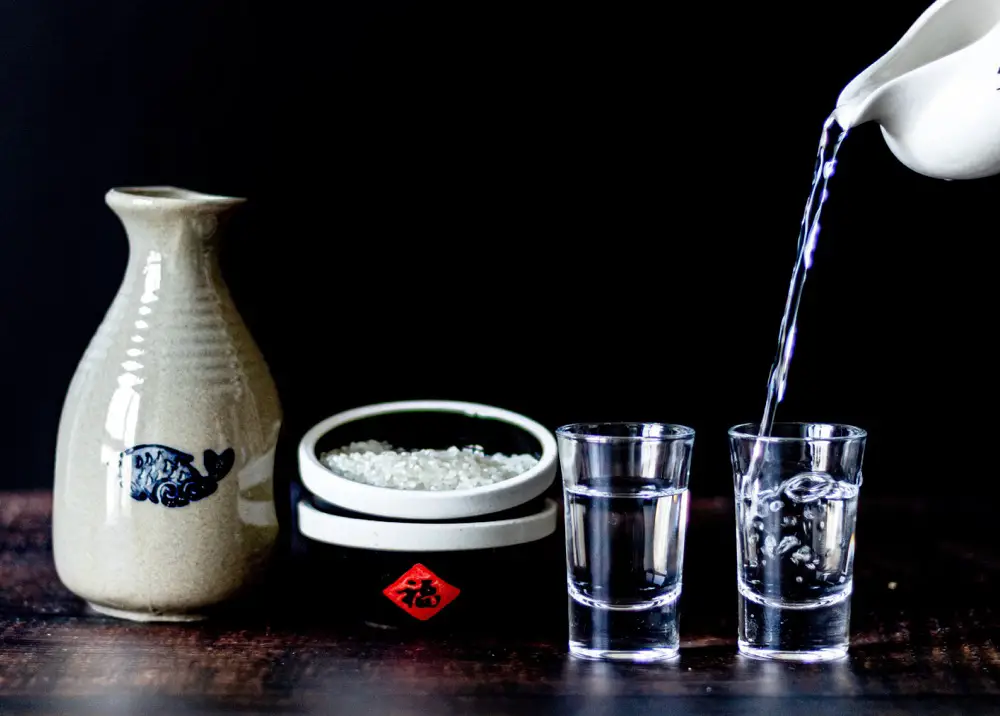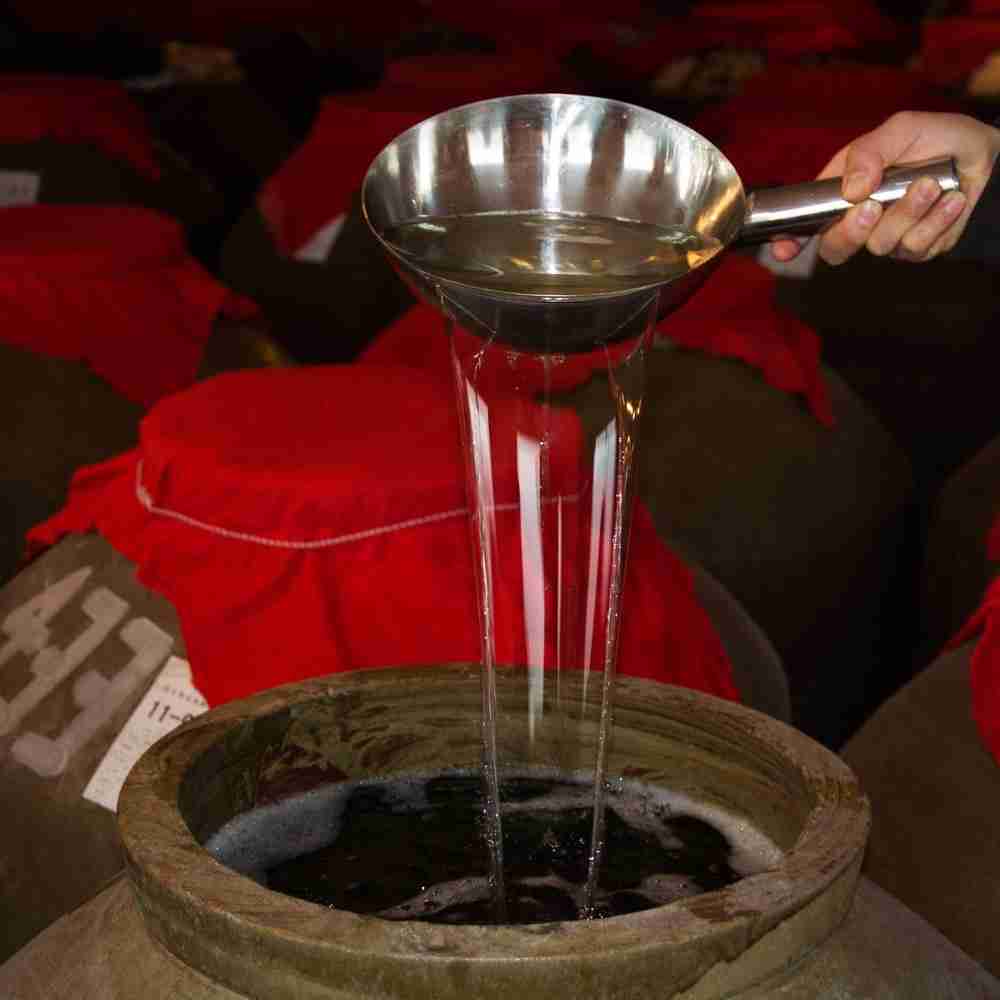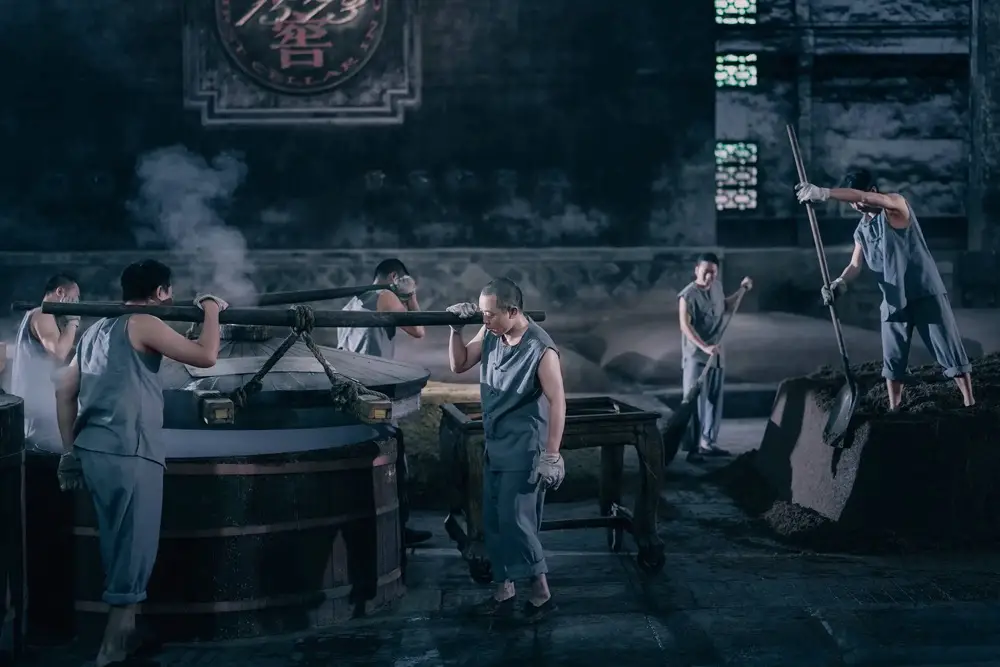Many Chinese people are always happy when you mention Baijiu to them, especially those who understand it better. The Chinese Baijiu has previously been passed over from generation to generation. Baijiu is loved by many people in China and it is the most consumed drink. Chinese people believe that one’s true color or behavior can be known if one consumes it. In modern etiquette, the Chinese Baijiu has been integrated into the cocktails. This practice has seen many bars adding Baijiu to their cocktail program.
How well do you like your Baijiu prepared? Or is Baijiu-Shao Jiu new to you? Take it easy! We will help you know What Baijiu drink is, the History of Baijiu when this amazing Baijiu drink was invented, and lastly who was the person behind the invention of the Baijiu drink.
What is Baijiu Drink

Interestingly, Chinese Baijiu is a white or clear liquor that also bears the name Shao Jiu. This drink is mainly distilled from fermented sorghum, but many other grains may be used. Rice or glutinous rice is majorly used in the making of Baijiu some Southeastern Chinese. Over and above that, other Chinese people may employ the use of millet, wheat, job’s tears, or barley. A distinct type of fermentation process is used in each type of Baijiu. Well, the Baijiu’s clarity is similar to other liquors from East Asia such as Korean Soju or Japanese Shochu. What makes it distinct from other liquor is the fact that it has a higher alcohol content of between 35% and 60%.
For years Chinese Baijiu has been called so many names from A social lubricant to China’s national drink, and a white lubricant. It carries a unique intensity of flavor that will make your mouth have a nostalgic taste it. Baijiu is the most popular drink in the world and more than 10 billion liters of this drink are produced and consumed each year. Did you know that Baijiu drink is the most diverse drink in the world for many adventurous people who find it quite rewarding?
Being one of the most powerful Chinese traditional spirits it encompasses dozens of unique drinks. this attribute is what makes Baijiu a wonderful drink for new consumers. Almost every taste has a representation of endless products. Baijiu is aged for at least six months, then it is blended for consistency and complexity after which it is bottled. It can also serve sedating purposes.
Different styles of Baijiu

Major styles of Baiju are categorized by the aroma-type system that was developed in the late 20th century. The specific regional production style is a representation of each type. 12 styles are currently recognized by the government, however only four account for the greater part of the market. They include Rice-aroma baijiu, Light-aroma baijiu, Strong-aroma baijiu, and Sauce-aroma baijiu.
Sauce-aroma Baijiu
This style originates from Guizhou and it is a combination of northern and southern techniques of production, where fermentation of sorghum is done using stone-lined pits. It is an umami brew that has an impenetrable blend of flavors; mushrooms, dark chocolate, herbs, nuts, sesame, caramel, and coffee among others you will be left hating or loving the choice will be yours.
Strong-aroma Baijiu
Originating in Sichuan, it is one of the most popular styles of baijiu in China. The strong aroma makes use of mashed sorghum and it is sometimes blended with other grains. Using subterranean mud pits, it is repeatedly fermented for a couple of months. It drives funky, fruity, and floral features combined with notes of cheese, anise, and pineapple.
Light-aroma Baijiu
Don’t allow its name to deceive you, this is one of the most potent types of the bunch. it is distilled from sorghum that is fermented in stone containers. It has the sweetness coming from raisins and apricots. It originated from Shanxi Province.
Rice-aroma Baijiu
It is distilled from both short and long-grain rice. It is known to have a taste of lemon rind, toasted rice, and honey. Its mild nature makes it very ideal to be used as a strong base for infusions. It has its origin in Southeastern China
Chinese Baijiu History

The Chinese culture has shaped and been shaped by alcohol for thousands of years. The story of Baijiu is the story of China around 7000 – 5000 BCE. In Jiahu, Henan Province people used to brew drinks from honey, rice, hawthorn fruit, and grapes. Most of the ancient drank so that they can transcend their reality. They used alcohol to commune with the dead and gods.
5000 – 1000 BCE the Chinese civilization had begun coming up and wine became more price. Court brewers were maintained by ancient kings and used to win over enemies and cement friendships. In the 1st millennium CE, most Chinese kingdoms had united where sweet grain wine reigns supreme.
In the Ming Dynasty (1368 – 1644) the essence of Huangjiu is extracted and it is made into the potent drink called Shaojiu referring to” burnt wine” presently called Baijiu. Between 1644-1948 Baijiu was spreading and wherever it went it adapted to the traditions and tastes of the locals making have a unique style. 1n 1949 the republic of China modernized the spirits and set up regional distillers to increase production and improve quality making Baijiu gain Prominence.
When was baijiu invented?
Baijiu was first invented in the 14th century during the reign of the Ming Dynasty and it continued to gain popularity
Who invented baijiu?
Du Kang who was a peasant invented Baijiu as a happy accident. It is believed that Du Kang was aiming to ferment wine by burying the ingredients under the ground and fearing that his sorghum grains might be affected by the harsh winter. He then hid the sorghum in a tree. To the amazement of Du Kang, the ingredients fermented creating the spirit that we now know as Baijiu.
Conclusion
Baijiu is a white or clear liquor that also bears the name Shao Jiu. This drink is mainly distilled from fermented sorghum. Baijiu is the most popular drink in the world and more than 10 billion liters of this drink are produced and consumed each year. It was invented in the 14 Century by Du Kang during the reign of the Ming Dynasty and spread all over the world.